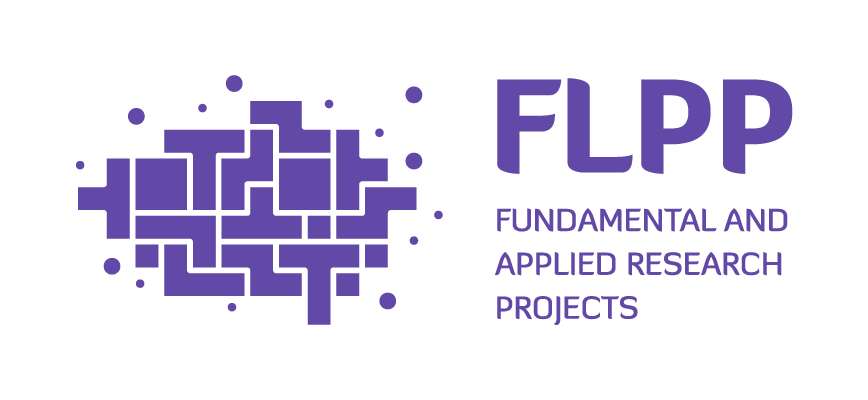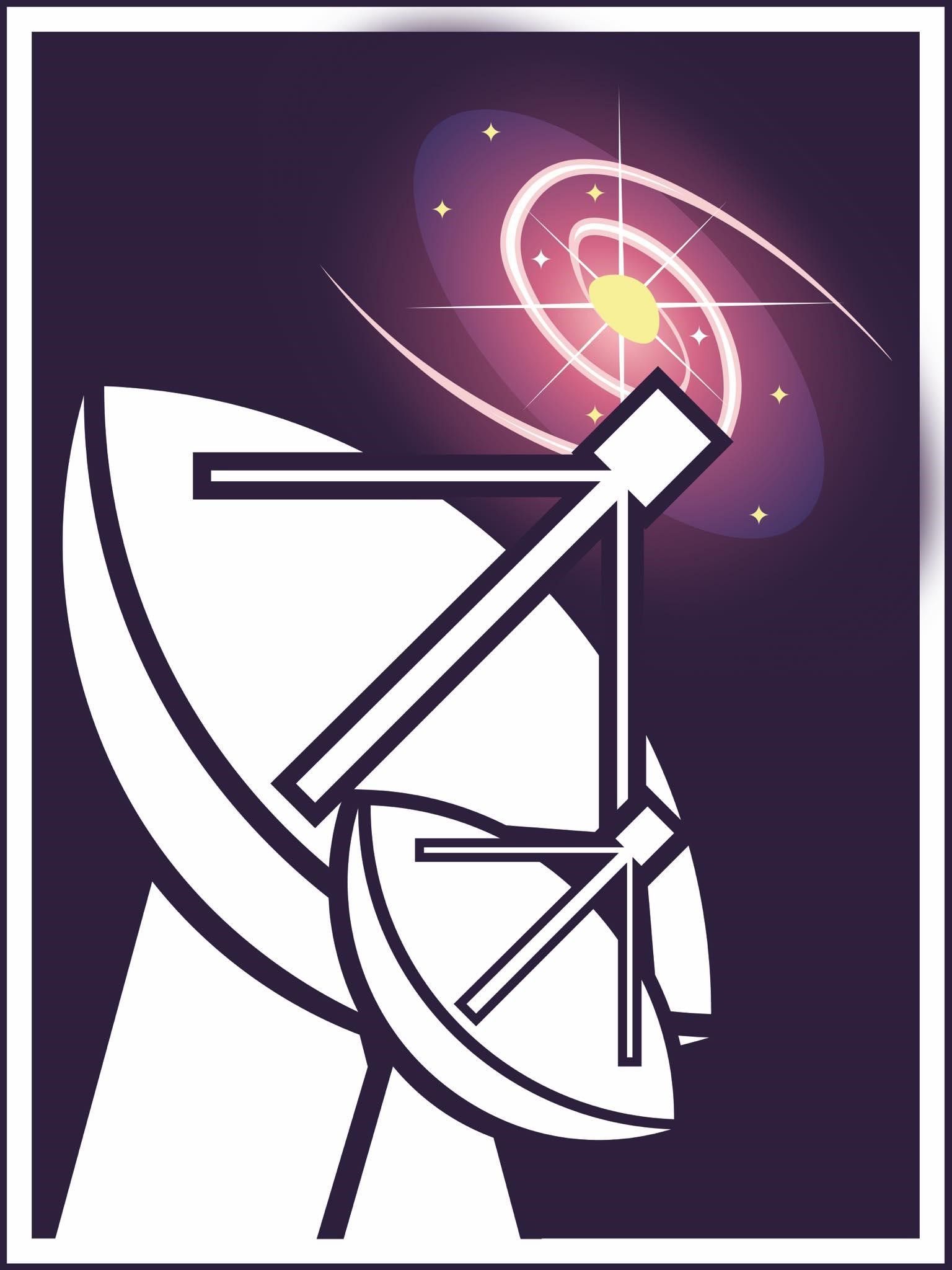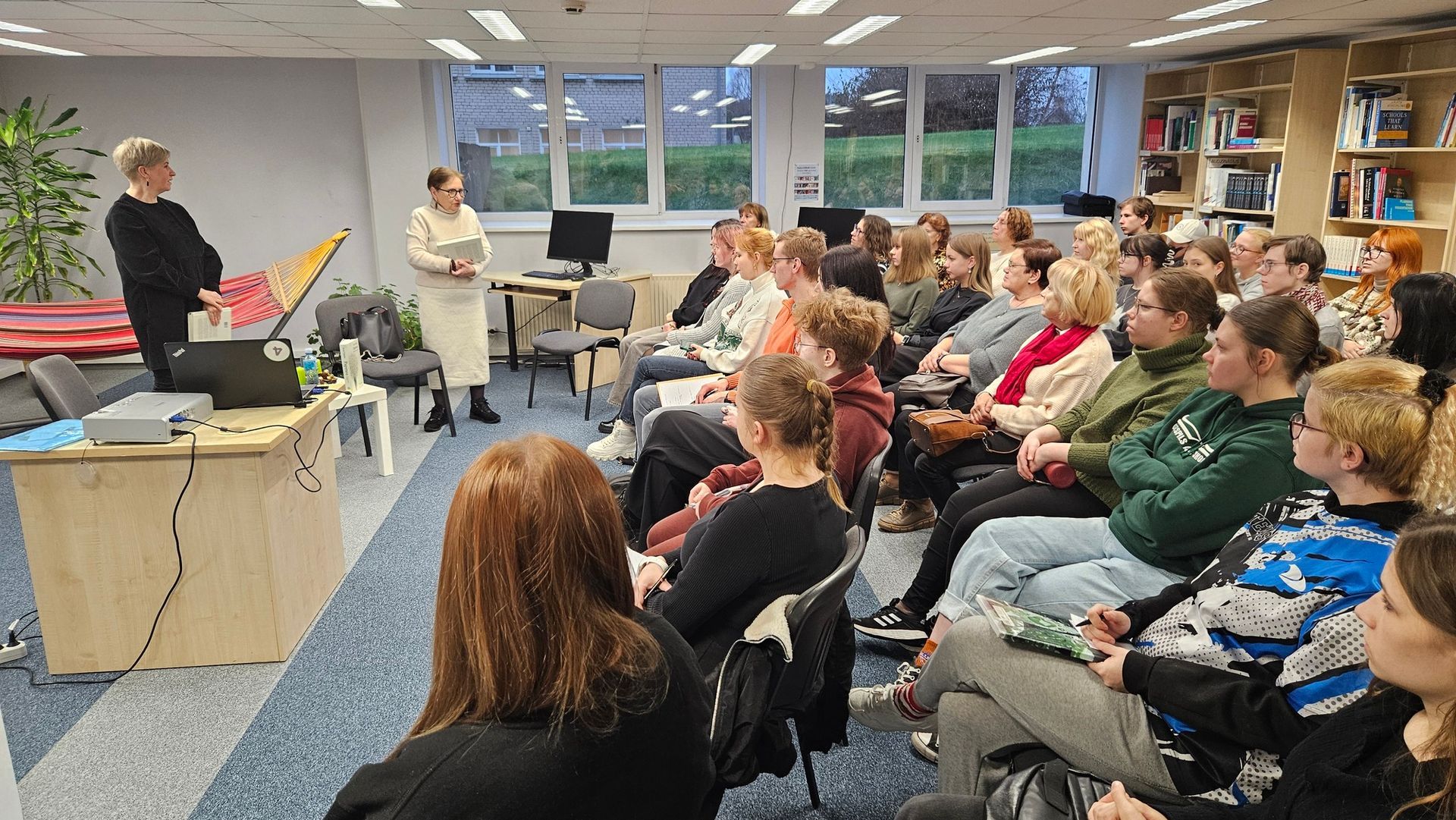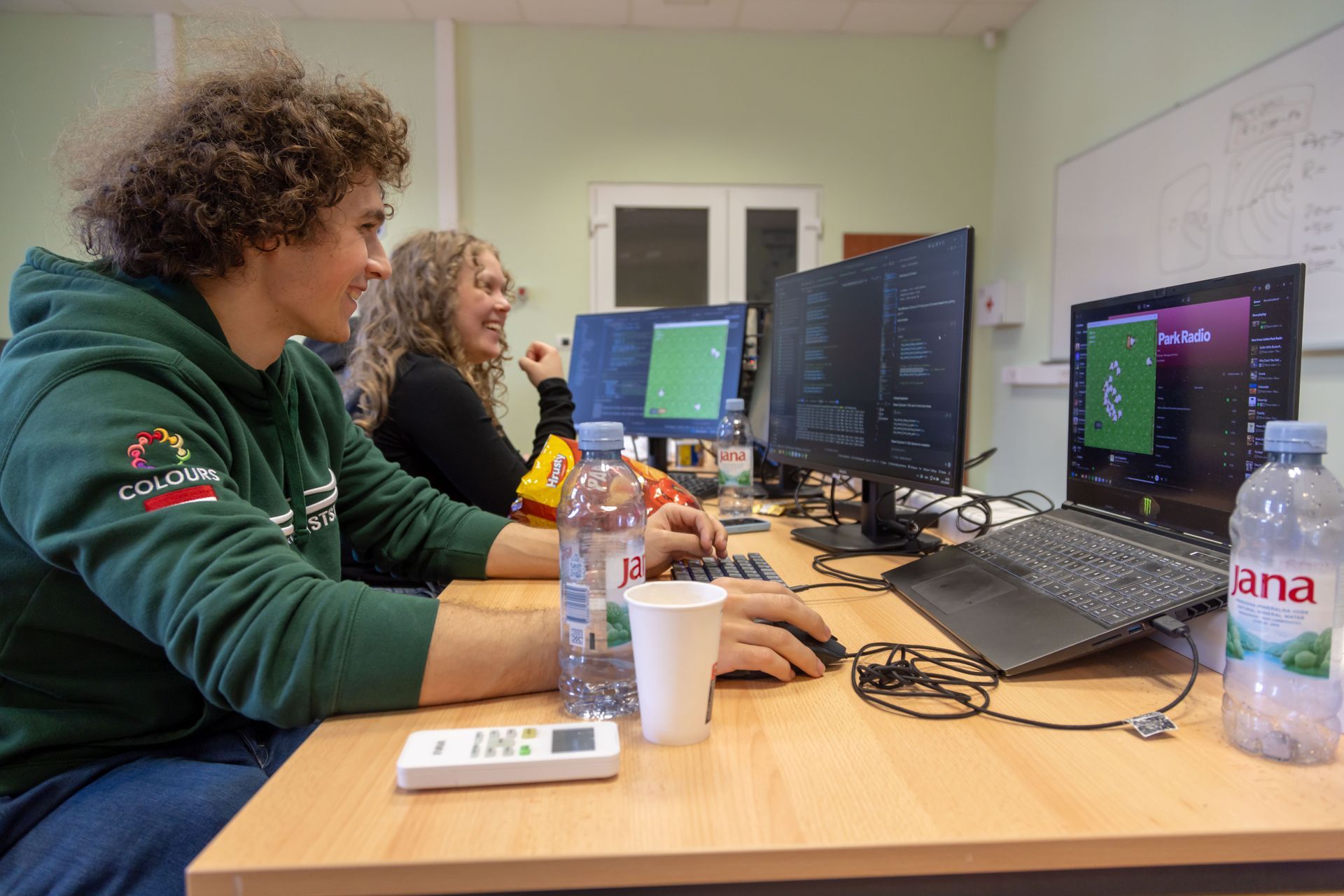VIRAC Scientific Project seminar with visiting researcher Ross Burns
At the beginning of this year, from January 5th to 8th, a seminar was held at Ventspils University of Applied Sciences as part of the Project lzp-2022/1-0083 "A single-baseline radio interferometer in a new age of transient astrophysics." During the seminar, the what was done during the first year were summarized, future work guidelines were established, and to introduce the broader community to the project's goals and tasks a lecture was given by the project's scientific leader, Dr. Ross Burns.
For a more in-depth understanding of these goals and tasks, information can be found on the Ventspils International Radio Astronomy Centre website here. The main idea is to use an interferometer consisting of two radio telescopes a little more than half a kilometer apart, to bring the sensitivity of a system consisting of these telescopes closer to what is theoretically possible. This is achieved by eliminating random sources of noise, such as atmospheric effects, recorded separately in each telescope. As a result, the sensitivity of the system, comprising antennas with diameters of 32 m and 16 m, approaches that of the world's largest telescopes with diameters of 64 m and 100 m. The project aims to use this capability to observe the formation processes of massive stars (greater than 6 solar masses), involving radio bursts lasting only a few days. Since these objects need to be monitored at the same incidence, the world's largest radio telescopes cannot be used (as they are too busy with other tasks). However, small telescope systems, like the one established within the project, can can do it. The project also involves efforts to automate the observation process of cosmic radio sources and improve data processing. The benefits of the project include not only scientific publications but also an enhanced methodology for observing cosmic radio sources. It is worth noting that the revival of interferometric networks, consisting of several antennas, can make a significant contribution to space research, working with still current researches that are within their capabilities.
The scientific leader of the project is Ross Burns, a globally recognized scientist whose research interests focus on the study in the radio frequency range of regions where new stars are forming. His current main workplace is the National Astronomical Observatory of Japan. To facilitate successful collaboration within the project, weekly remote project meetings take place, and regular communication is maintained through social media groups and online planning platforms. On January 5th, a project seminar meeting took place, allowing all participants to meet in person. The first part of the meeting took place at the Irben Radiotelescope complex, where R. Burns had the opportunity to familiarize himself with the Irben radiotelescopes and the technical work done within the project. In the second part of the day, the meeting continued at Ventspils University College, involving all project participants. During this time, the work done was thoroughly evaluated, including significant contributions to the development and improvement of data processing methodology and software. Future observation plans were specified, taking into account the need to consider future improvements to the telescopes and other ongoing radioastronomical research in Irbene. The discussion also covered the upcoming scientific publications within the project. By this summer, the project will reach its midpoint, and preparations for the associated scientific report were discussed. R. Burns and project participant researcher A. Aberfelds also shared their recent participation in the workshop in Yebes observatory (read more about it here) and its significance in achieving the project's goals.
On January 8th, a seminar meeting dedicated to the wider public was held, where R. Burns introduced the present and remotely connected guests with the research of massive new stars, what was done within the project and what still needs to be done. Special attention was given to the coordination of the so-called maser monitoring organization, which unites several radioastronomical observatories engaged in the study of cosmic masers, with Ross himself in the leadership team. After the lecture, project participants discussed various issues related to the project's progress and clarified future action plans. At the end of the day, R. Burns headed back to Japan.
Activities were implemented within the framework of the Latvian Council of Science Fundamental and Applied Research Projects (FLPP) project "A single-baseline radio interferometer in a new age of transient astrophysics" (IVARS), No. lzp-2022/1-0083.




Share on other platforms
Other news







